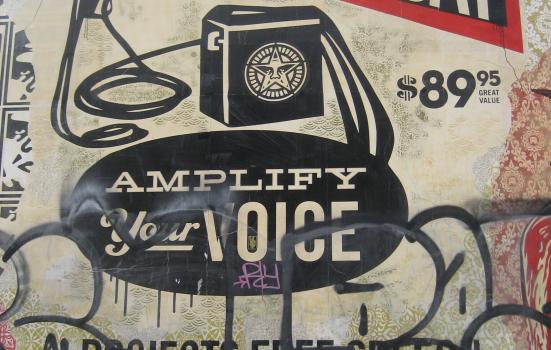The legal framework governing freedom of expression is the subject of new guidance for arts professionals planning to programme challenging or controversial works.

SliceofNYC (CC BY 2.0)
New guidance about the laws and practices that protect free expression has been published by the charity Index on Censorship (IoC) and advocacy group Vivarta, which are producing a series of law packs to address questions about legal limits related to free expression and the arts. The aim of the initiative is to support artists, artistic directors, curators, venue management and trustees, especially when planning to programme challenging or controversial works.
IoC has found that the law in this field is “often poorly understood both by practitioners and by those enforcing the law.” Chief Executive Jodie Ginsberg said: “The police, prosecutors and courts have a duty to defend free speech. But, as we have seen with cases such as Exhibit B and Behzti, police will go along with a ‘heckler’s veto’ and advise that artistic productions shut down when threatened with protest... The Exhibit B closure demonstrates clearly the power the police have over decisions about art that offends.”
Five “living documents” are being published to introduce the legal framework that “underpins the qualified right of freedom of expression enjoyed by artists and arts organisations in the UK.” The ‘Art and the Law’ information packs are being compiled with pro-bono support from lawyers at Bindmans LLP, Clifford Chance, Doughty Street, Matrix Chambers and Brick Court. Three of the art law packs are already available, covering Child Protection, Counter Terrorism and Public Order, with advice on Obscene Publications and Race and Religion coming soon. Available free of charge online, they build on an earlier study by Index on Censorship, which focused on how self-censorship manifests itself in arts organisations and institutions.



